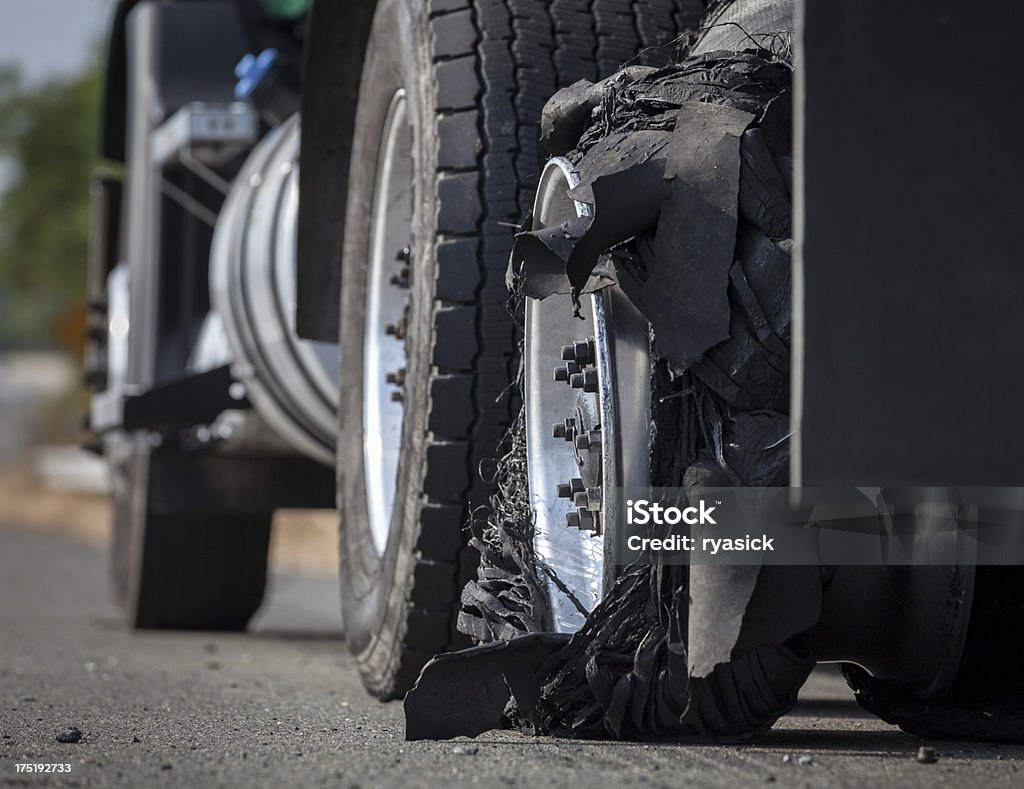What to Do Immediately After a Tire Blowout to Stay Safe
A tire blowout is one of the most dangerous and unexpected emergencies a driver can face. Whether you’re cruising down a Texas highway at 70 mph or navigating city streets, a sudden blowout can cause panic, loss of control, and even serious accidents. But staying calm and knowing what to do in those first few moments can help you stay safe—and possibly save your life.
In this blog, we’ll walk you through the critical steps to take immediately after a tire blowout, what to do next, and how to protect yourself legally and financially after the dust settles.
What Is a Tire Blowout?
A tire blowout is not just a flat tire. It’s a sudden loss of air pressure caused by a rupture or tear, typically followed by a loud bang, a rapid deceleration, and a severe change in your vehicle’s handling. Blowouts can happen due to:
-
Underinflation or overinflation
-
Excessive heat
-
Worn or damaged treads
-
Overloading your vehicle
-
Road debris or potholes
Blowout are especially dangerous at high speeds and can lead to rollovers, crashes, or multi-vehicle pileups if not handled correctly.
Step 1: Stay Calm and Keep a Firm Grip on the Wheel after a Tire Blowout
Your first instinct might be to slam on the brakes or swerve—but don’t. Sudden moves can send your vehicle spinning.
Instead:
-
Keep both hands firmly on the steering wheel.
-
Don’t brake suddenly. Ease off the accelerator.
-
Steer straight and maintain control.
If the blowout is on a front tire, expect your vehicle to pull strongly to one side. If it’s a rear tire, the back of your car may fishtail.
Step 2: Let the Vehicle Slow Down Gradually
Allow the vehicle to slow naturally. Hitting the brakes too hard can cause you to lose control, especially if you’re on a freeway or high-speed road.
Once you’ve slowed to about 20–30 mph:
-
Turn on your hazard lights.
-
Begin moving toward the shoulder or a safe place to stop.
-
Avoid sudden turns or swerving around traffic.
If you’re on a busy highway, aim for the right shoulder and avoid stopping in the median or left lane, where traffic moves faster.
Step 3: Pull Over to a Safe Location
When it’s safe to do so, pull completely off the road. Ideally, find a flat, wide shoulder or a rest stop if nearby. Avoid stopping on a curve or hill where other drivers may not see you.
Once stopped:
-
Turn off the engine.
-
Engage the parking brake.
-
Stay inside the vehicle if you’re on a busy road and wait for help.
Exiting your car on a highway can be incredibly dangerous. Always assess your surroundings first.
Step 4: Call for Help or Change the Tire (If Safe)
If you have the right tools and it’s safe to do so, you may change the tire using your spare. However, if you’re on a dangerous road, at night, or feel unsure:
-
Call roadside assistance.
-
Use your cell phone to call a tow truck or your vehicle’s emergency service provider.
If your blowout caused a crash or injuries, dial 911 immediately.
Step 5: Document the Incident
Even if there’s no crash, take a few minutes to document everything:
-
Take photos of the damaged tire and your vehicle.
-
Capture any road conditions that may have contributed (e.g., potholes, debris).
-
Note the location, time, and weather conditions.
-
If someone else witnessed it, get their contact information.
This documentation could help if the blowout was caused by defective tires or poor road maintenance—in which case you may have a legal claim.
Step 6: Seek a Tire Inspection
Once you’re back on the road or at a repair shop, have the damaged tire inspected. Common causes of blowouts include:
-
Manufacturing defects
-
Improper installation
-
Excessive wear
-
Road hazards
If a tire defect was involved, keep the damaged tire as evidence and consult a personal injury attorney if an injury occurred.
Step 7: Know When to Consult a Lawyer
If your blowout led to an accident, injury, or involved another vehicle, you may be entitled to compensation. You should contact a personal injury lawyer—especially if:
-
The tire was recently installed or serviced
-
The tire was recalled or defective
-
Road conditions (like potholes) caused the blowout
-
You sustained injuries, missed work, or property damage
At Daniel Stark Law, our legal team can help investigate the cause and hold negligent manufacturers, repair shops, or municipalities accountable.
Bonus: How to Prevent a Future Blowout
While not all blowouts are preventable, you can greatly reduce your risk with a few simple tips:
✅ Check tire pressure monthly (including your spare)
✅ Inspect tire treads for wear and replace when below 2/32″
✅ Avoid overloading your vehicle
✅ Rotate tires regularly
✅ Stay alert for road hazards
Texas roads—especially during the summer heat—can be brutal on tires. Proactive maintenance is the best way to stay safe.
Final Thoughts
A tire blowout can be terrifying, but staying calm and following the right steps can save lives. If you ever experience one, remember:
-
Don’t brake or swerve
-
Slow down gradually and steer to safety
-
Call for help and document the scene
-
Seek legal advice if injury or damage occurred
At Daniel Stark, we fight for people—not insurance companies. If a blowout-related accident has impacted your life, contact us today for a free consultation. We’ll help you get what you deserve while you focus on recovering.

